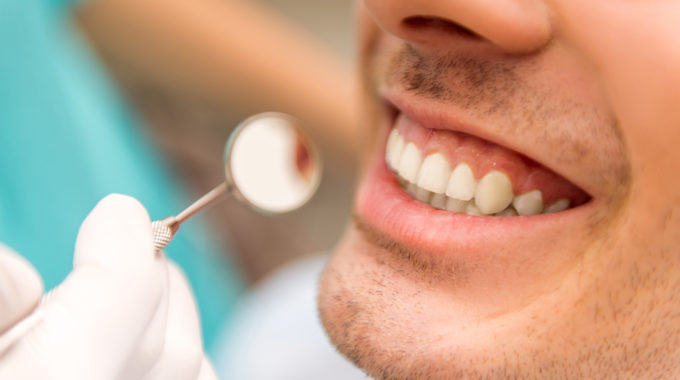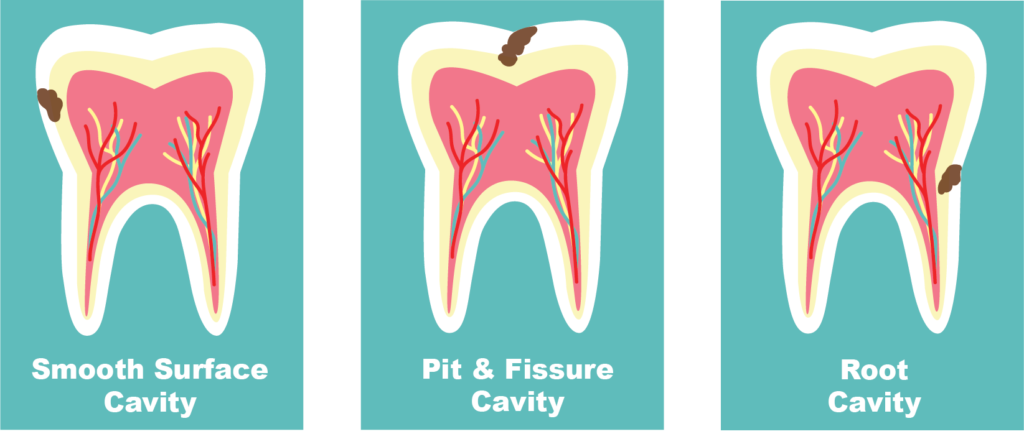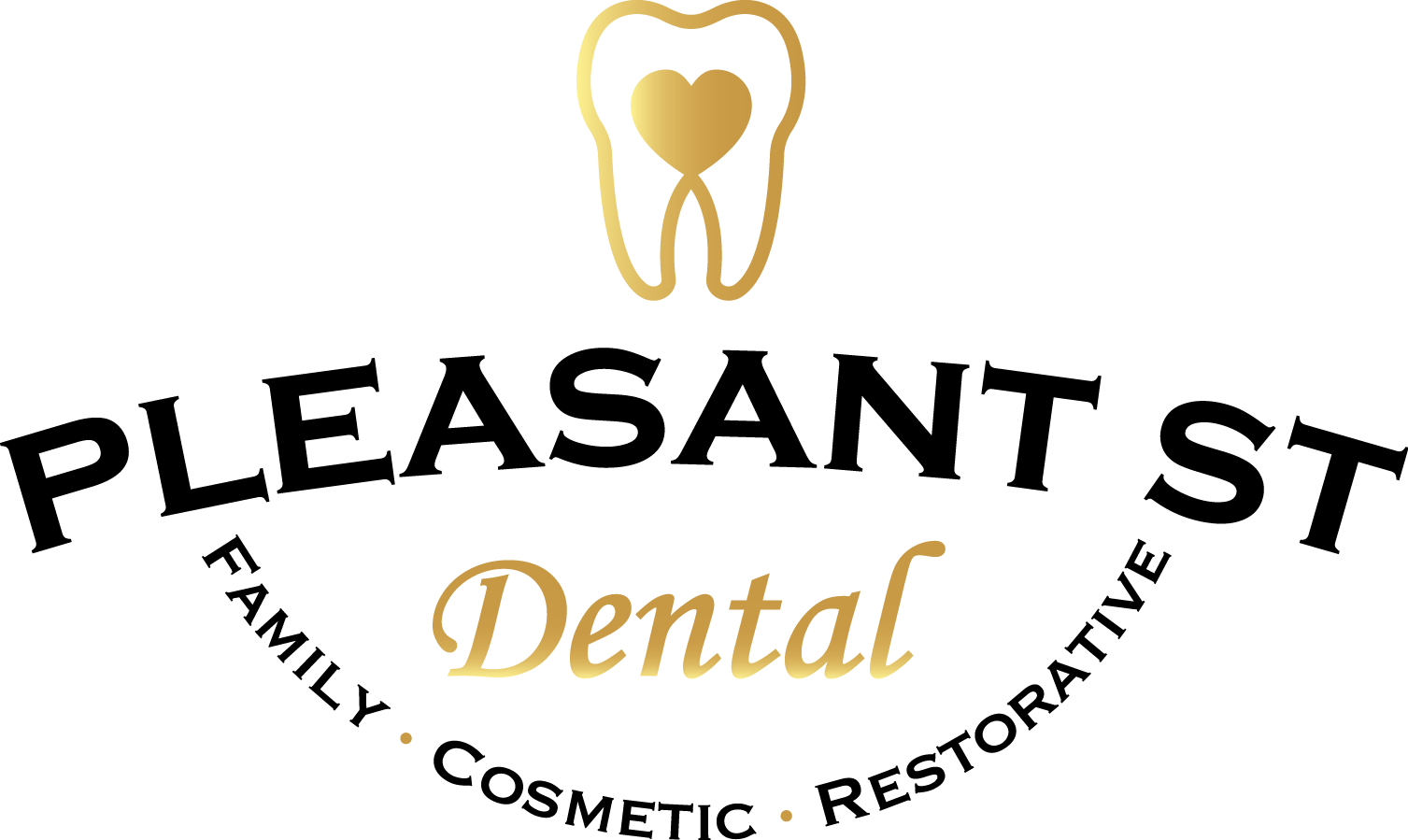Have you ever woken up with a sore jaw or a nagging headache and wondered…

Do I Have a Cavity or Just Teeth Sensitivity?
It can be difficult to determine the difference between sensitivity and a cavity forming. So to make things a little easier, let us give you all the ins and outs of cavities and how to discern the difference between the two.
What Is a Cavity?
Let’s start with the easy stuff. Over 90% of adults in the United States have had a cavity at some point in their lifetime. Safe to say, we’re all pretty familiar with the concept of a cavity, but do you know what it really is?
Bacteria builds up in the mouth from our food and drinks, which if left unattended, turns into plaque, and that is where the trouble begins. Plaque’s acidity eats away at the enamel of your teeth causing little holes of decay (we know, not a pretty picture). Cavities can also occur in three different places on a tooth – the top surface where most of our chewing occurs, the smooth sides, and also down by the root. Cavities are best to attack as early as possible so they don’t develop deeper.
What Does It Feel Like?
There is no easy answer to this one, as everyone will have different sensations based on the size, severity, and location of the cavity. If a cavity is small enough you might not experience anything out of the norm. But once it begins to decay deeper into the tooth’s layers you can experience a toothache, random bouts of pain, heightened sensitivity to hot and cold items, and even sweet treats. Smooth surface cavities (the ones on the side) and pit and fissure cavities (the ones on top) might even be visible as little black or brown spotting you might notice while brushing. That is going to be the biggest giveaway that you are experiencing more than just sensitivity.

Are Some People More Likely to Get Cavities Than Others?
Unfortunately, yes. There are several factors that might make you more like to get a cavity. Typically, people who consume a lot of sugary items, whether that be sodas, fruit juices, or sweet treats coat the mouth and ramp up plaque production. The proximity of your teeth also plays a large role in cavity creation. When your teeth are squished and tight together, they can be much more difficult to clean, leading to bacteria growth and decay. Bacteria build-up can also occur inside deep grooves since we typically can’t clean those spots as well. Genetics play a role in cavity prevalence too. Some individuals naturally have thinner/soft enamel which is the optimal candidate for plaque.
What Can I Do to Prevent Cavities?
Now that we have scared you into compliance, let’s talk about how to keep your smile healthy and long-lasting. Be sure to brush, floss, and use mouthwash twice a day (bonus points for fluoride) to prevent any bacteria from lingering on your pearly whites. We know flossing can be tricky for smaller mouths and young ones, so consider picking up some floss picks to make the routine that much easier. Grazing might be good for your figure but not necessarily for the health of your smile. Continually having food in your mouth gives bacteria a better fighting chance to cause some damage. Another easy tactic is just to wash it all down with water after you are done eating. We don’t expect you to brush after every single morsel, so try drinking water after meals to combat build-up. Last, but certainly not least, come in to see us! Dentists are your best resource for keeping your smile in the best condition possible. Come in for a cleaning two times a year to maintain your mouth’s health.



